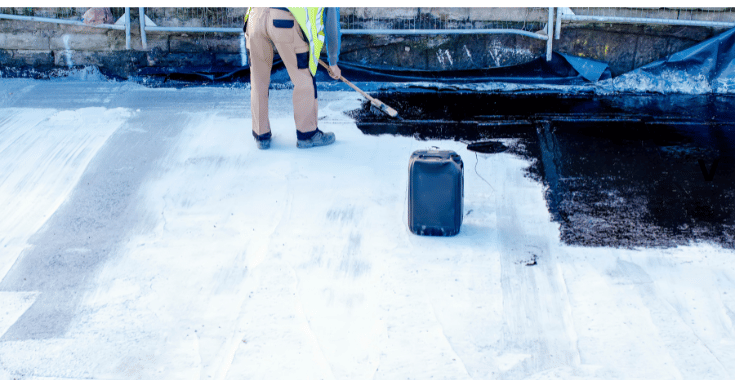Revolutionizing Infrastructure Projects: The Power of Industrial Waterproofing with Polyurethane Coatings
Introduction:
Industrial waterproofing with polyurethane coatings has emerged as a game-changer for infrastructure projects, offering superior protection against various elements. In this article, we delve into the significance of using fire retardant paint for wood, fabric, G.I duct, and structural steel in construction projects.
The Advantages of Fire Retardant Paint for Wood
Wood is a common material used in construction, but it is susceptible to fire hazards. Fire retardant paint for wood provides a protective barrier that slows down the spread of fire, enhancing safety in buildings. Additionally, these coatings offer protection against decay and weathering, prolonging the lifespan of wooden structures.
Furthermore, fire retardant paint for wood is crucial in meeting building code requirements and regulations, ensuring compliance with safety standards. By incorporating these coatings in construction projects, builders can create a safer environment for occupants while enhancing the durability of wooden structures.
Enhancing Safety with Fire Retardant Paint for Fabric
Fabrics are essential components in architecture and interior design, but they pose a significant fire risk if not adequately protected. Fire retardant paint for fabric provides a cost-effective solution to enhance fire resistance in curtains, upholstery, and other fabric-based elements in buildings.
By treating fabrics with fire retardant coatings, construction projects can meet fire safety regulations and minimize the risk of fire-related incidents. This proactive approach not only safeguards occupants but also ensures that the aesthetic appeal of fabric elements remains intact over time.
Preserving G.I Ducts with Fire Retardant Paint
Galvanized iron (G.I) ducts are vital for HVAC systems in buildings, but they are vulnerable to fire damage if not adequately protected. Fire retardant paint for G.I ducts offers a protective coating that inhibits the spread of fire through ductwork, safeguarding the entire building from potential fire hazards.
Incorporating fire retardant paint in G.I ducts not only enhances fire safety but also contributes to the overall efficiency and longevity of HVAC systems. By investing in these protective coatings, infrastructure projects can ensure the resilience and reliability of their mechanical systems.
Ensuring Structural Integrity with Fire Retardant Paint for Structural Steel
Structural steel forms the backbone of many construction projects, providing strength and stability to buildings. However, steel structures are susceptible to fire damage, compromising their integrity in emergencies. Fire retardant paint for structural steel acts as a barrier that delays the impact of fire on these critical components, allowing time for evacuation and minimizing structural failure.
By applying fire retardant coatings to structural steel, infrastructure projects can enhance the fire resistance of their buildings and comply with safety regulations. These coatings not only protect the structural integrity of steel elements but also contribute to the overall safety and durability of construction projects.
The Comprehensive Protection of Industrial Waterproofing with Polyurethane Coatings
Industrial waterproofing with polyurethane coatings offers a holistic approach to protecting infrastructure projects from various threats, including fire hazards. By combining the benefits of fire retardant paint for wood, fabric, G.I ducts, and structural steel, construction projects can create a robust defense system that enhances safety and longevity.
These coatings not only provide fire resistance but also offer waterproofing properties, preventing water intrusion and corrosion in buildings. With the versatility and durability of polyurethane coatings, infrastructure projects can achieve unparalleled protection against environmental challenges, ensuring the sustainability and resilience of their structures.
Conclusion:
In conclusion, industrial waterproofing with polyurethane coatings, including fire retardant paint for wood, fabric, G.I ducts, and structural steel, is a transformative solution for enhancing the safety and longevity of infrastructure projects. By incorporating these protective coatings, construction projects can mitigate fire risks, meet safety standards, and safeguard their structures against environmental threats. Embracing the power of industrial waterproofing with polyurethane coatings is not just a choice; it is a necessity for building a sustainable and resilient future.

